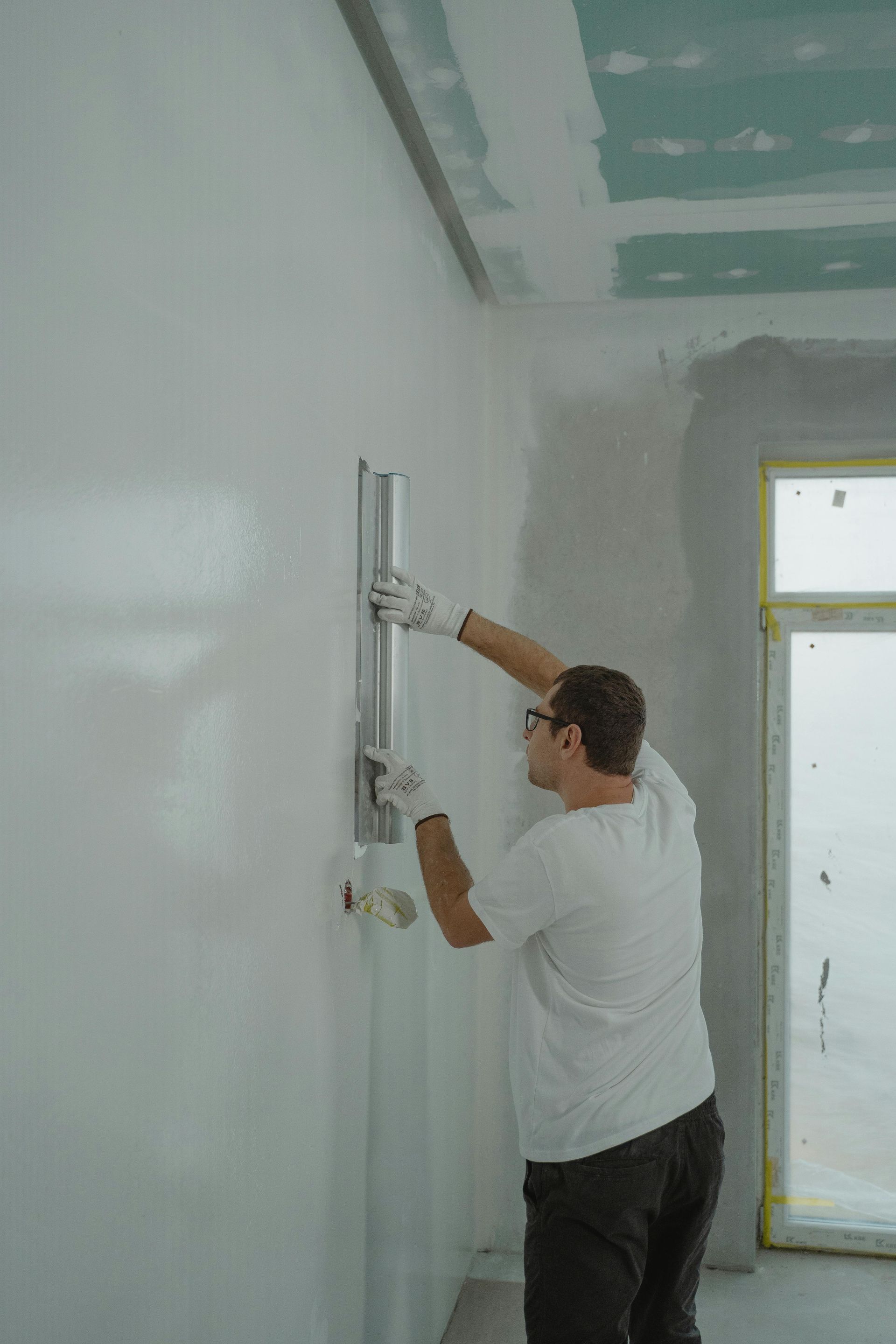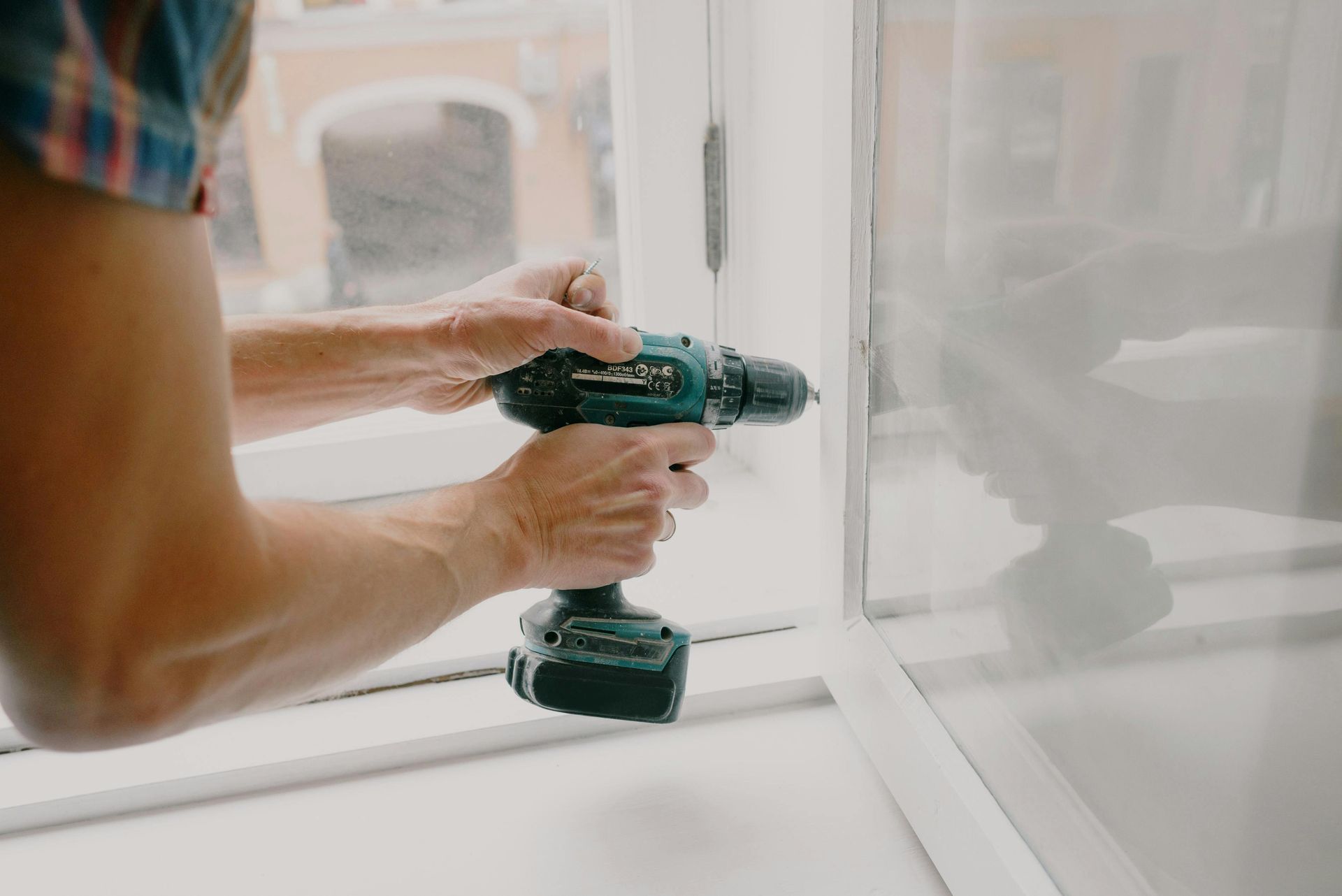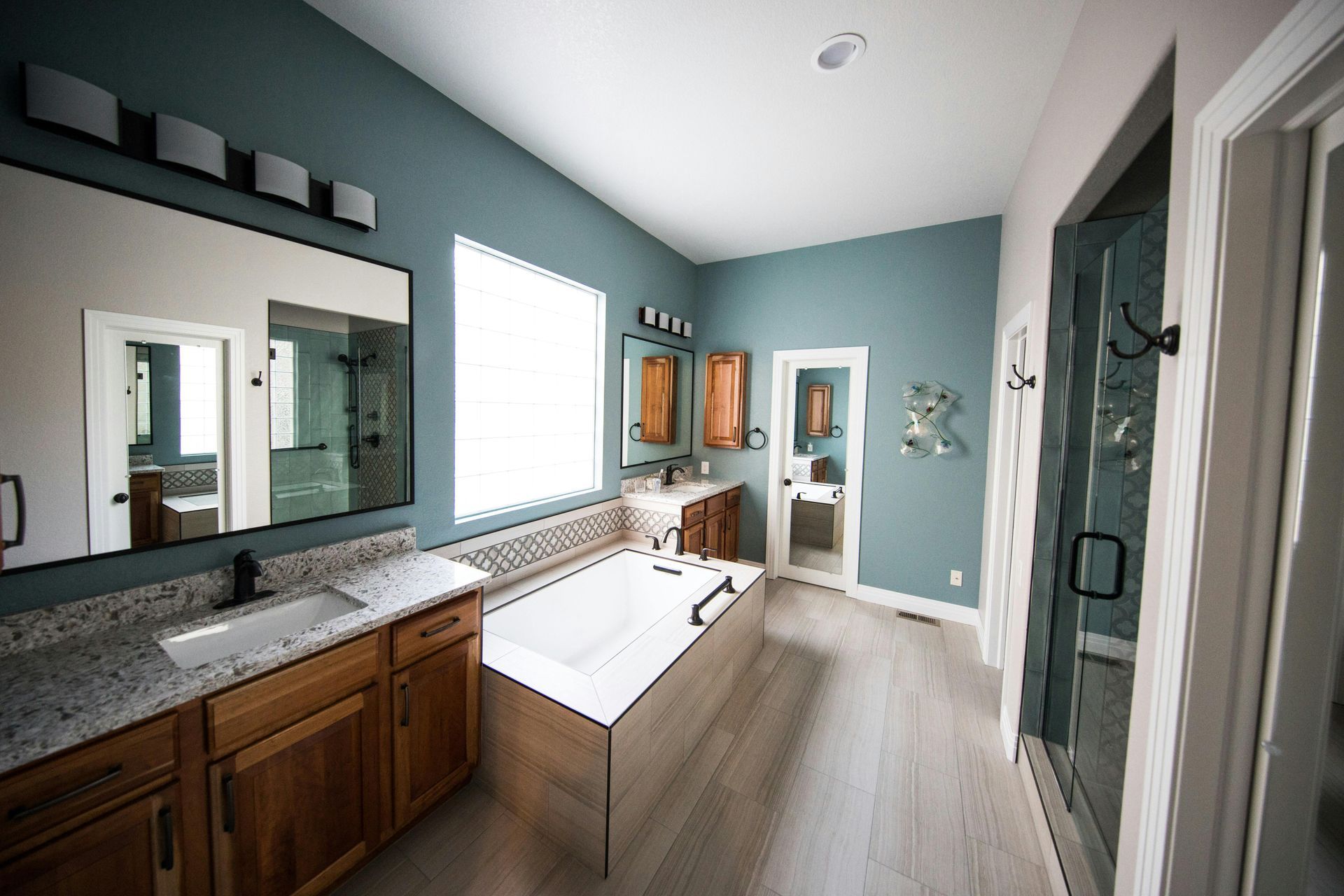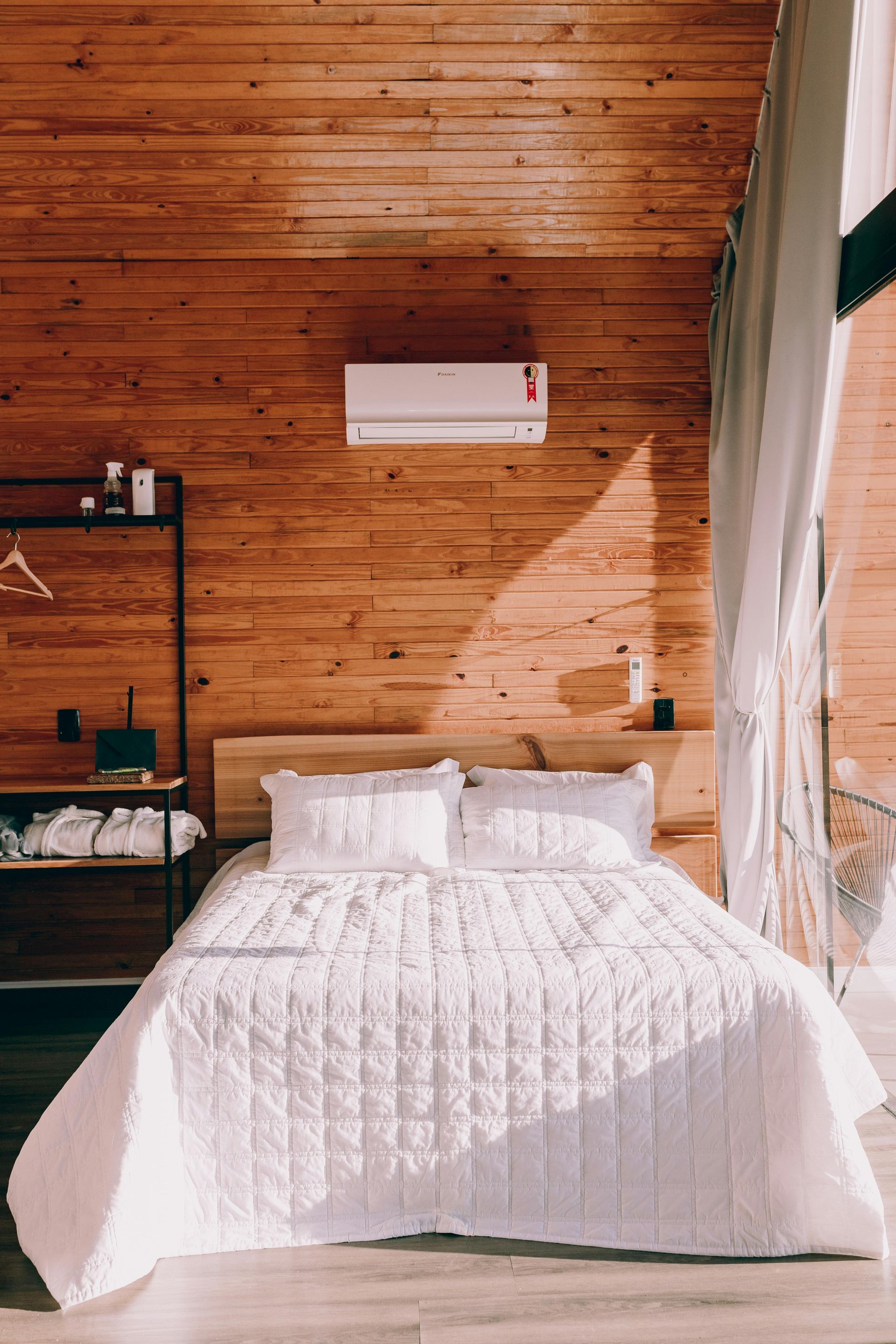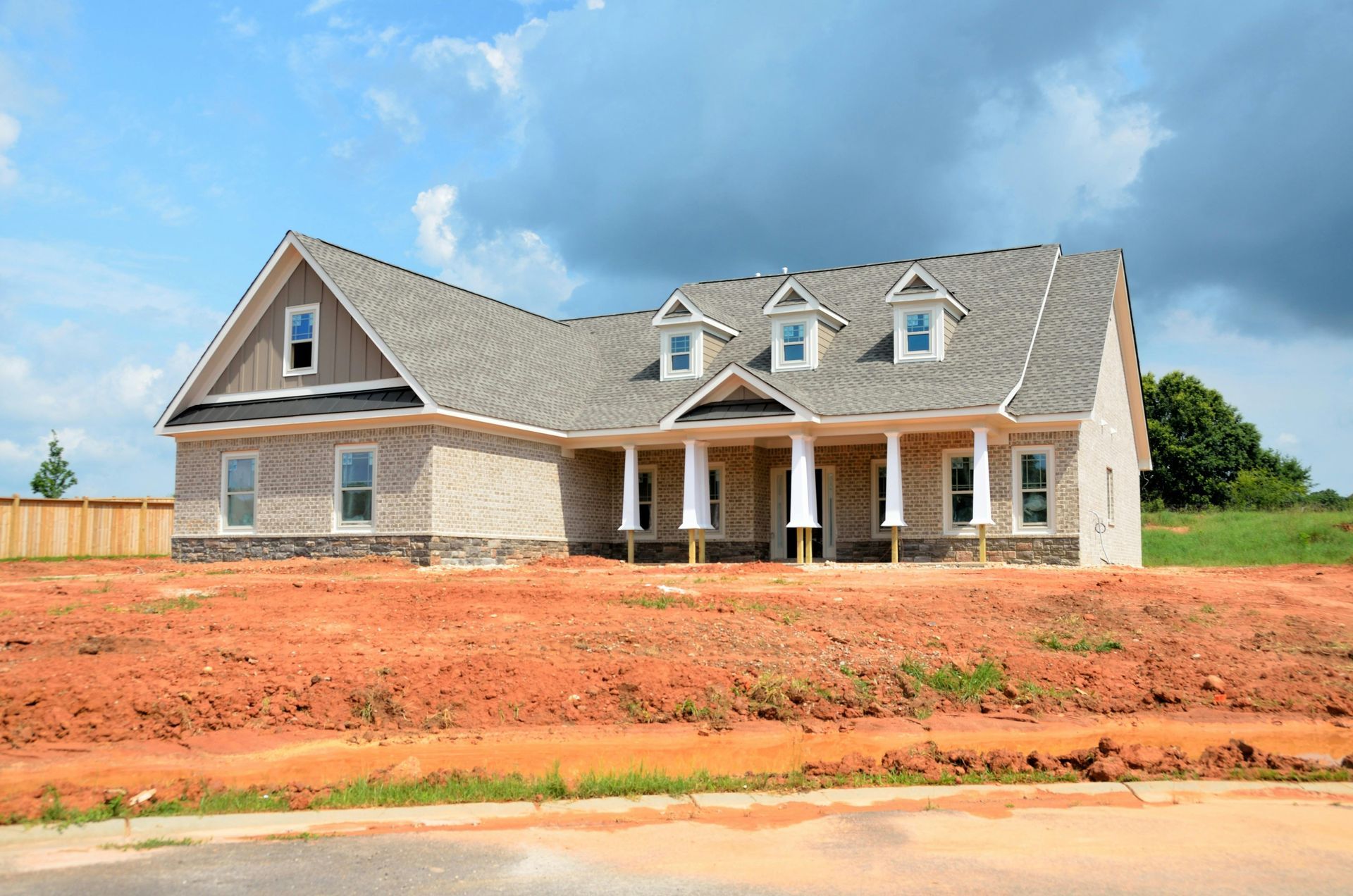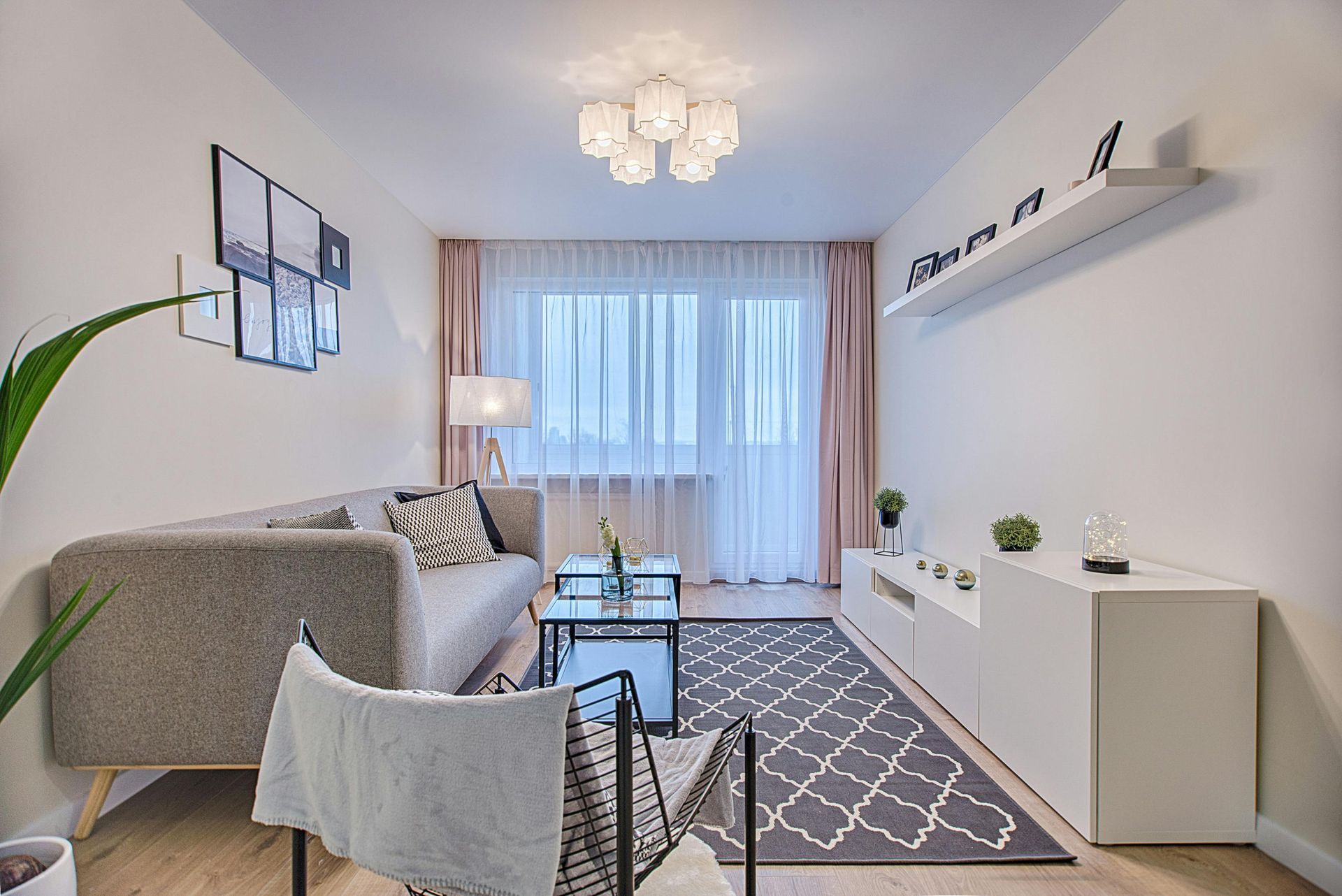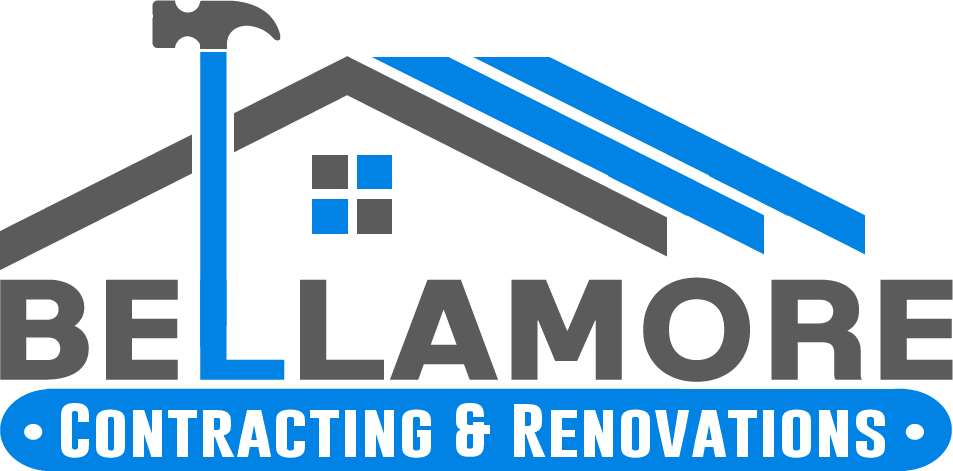Licensed (#RBC-21-01654) & Insured
Local References Available Upon Request
Licensed (#RBC-21-01654) & Insured | Local References Available Upon Request
Elevating Gym Design for Performance, Motivation, and Aesthetic Appeal
A well-designed gym is more than just a place to exercise—it is an environment that fosters motivation, supports performance, and enhances the overall fitness experience. Whether designing a commercial gym, boutique studio, or corporate wellness facility, every detail plays a role in ensuring members feel energized, comfortable, and engaged. The right combination of layout, equipment placement, lighting, and branding creates a space that not only attracts new members but also keeps them coming back. With a focus on durability, functionality, and aesthetic appeal, a gym can become a dynamic space that meets the needs of diverse users while reinforcing brand identity.
Understanding the Core Needs of a Gym Space
A high-performance gym must balance aesthetics, safety, and efficiency. A well-planned space should be intuitive, allowing users to transition seamlessly from one workout zone to another without congestion. Ensuring an open, inviting atmosphere can boost motivation and make workouts more enjoyable.
Gyms cater to a variety of fitness styles, including weight training, cardio, functional fitness, and group classes. A thoughtful design accommodates each of these while maintaining a logical flow that prevents bottlenecks and enhances the user experience. Clear sightlines to equipment, designated spaces for different workout styles, and an emphasis on accessibility ensure that all members, regardless of fitness level, can navigate the gym with ease.
Safety is a top priority in gym design. Spacing between equipment should allow for natural movement without interference. Non-slip flooring, reinforced lifting platforms, and strategic placement of mirrors help prevent injuries and improve workout efficiency. Accessibility considerations, such as wide walkways and ADA-compliant equipment, create an inclusive space for all users.
Key Elements of a Well-Designed Gym
The foundation of any gym starts with durable flooring. High-impact rubber flooring in weightlifting areas absorbs shock and reduces noise, while wood or vinyl flooring in studio spaces provides stability for group fitness classes. Selecting materials that are easy to clean and maintain ensures long-term durability and hygiene.
Equipment placement affects not only functionality but also the perception of space. Arranging cardio machines along walls or near windows creates an open feel while maximizing central floor space for weightlifting and functional training. Strength training zones should be positioned away from high-traffic areas to minimize distractions and allow members to focus on their workouts.
Defined workout zones help organize the gym for better flow and usability. Cardio areas, weightlifting sections, stretching spaces, and functional fitness zones should be clearly separated to provide a structured yet dynamic experience. This zoning approach ensures that members can move freely while maintaining efficiency in their workouts.
Lighting influences mood and energy levels. Bright, well-distributed lighting keeps the space visually stimulating, while accent lighting highlights key areas such as free-weight zones or group fitness rooms. Smart lighting systems that adjust brightness levels based on occupancy can enhance efficiency and create a more immersive training experience.
Proper ventilation and air quality control are essential for a comfortable gym environment. High-performance HVAC systems, large ceiling fans, and strategically placed air purifiers help maintain fresh airflow, reduce odors, and improve overall indoor air quality. Providing ample hydration stations encourages members to stay refreshed and perform at their best.
Enhancing Member Experience with Thoughtful Design
Locker rooms and changing areas are often overlooked in gym design but play a vital role in the overall experience. Clean, well-lit, and secure locker rooms contribute to a professional and welcoming atmosphere. Features such as private changing stalls, high-quality showers, and ample storage create an environment that encourages members to stay longer and engage more deeply with the facility.
Recovery and wellness spaces complement high-intensity workouts by providing areas for stretching, foam rolling, and relaxation. Dedicated zones for yoga, mobility exercises, or post-workout recovery enhance the overall fitness journey and encourage a well-rounded approach to health and wellness.
Technology integration elevates the gym experience. Digital screens displaying workout plans, virtual training stations, and fitness tracking apps help members stay engaged and track progress. Smart mirrors and interactive equipment provide real-time feedback, allowing users to refine their techniques and maximize their results.
Music and acoustics impact energy levels and motivation. A carefully designed sound system ensures that music is evenly distributed throughout the facility without overpowering certain areas. Acoustic treatments can help reduce echo and noise in high-traffic spaces, creating a more enjoyable workout atmosphere.
Branding and Aesthetic Considerations
A cohesive brand identity strengthens a gym’s presence and distinguishes it from competitors. Integrating logo placements, branded color schemes, and signature design elements throughout the space reinforces brand recognition. Custom wall graphics and motivational slogans can inspire members and create a connection between the gym and its community.
Interior design elements should reflect the gym’s identity. Whether the focus is on industrial-style aesthetics with exposed brick and metal fixtures or a sleek, modern look with polished finishes and LED accents, consistency in design helps define the gym’s personality. The combination of textures, colors, and materials should create an environment that aligns with the brand’s mission and target audience.
Mirrors and open spaces contribute to the perception of a larger, more inviting gym. Strategic mirror placement in weightlifting areas allows members to monitor their form, while open layouts prevent overcrowding and promote a sense of freedom. Well-thought-out spacing between equipment enhances the overall experience, making workouts feel less confined and more dynamic.
Green design elements introduce a natural and refreshing touch to the gym. Incorporating indoor plants, natural lighting, and eco-friendly materials can improve air quality and create a calming atmosphere. Biophilic design elements not only enhance aesthetics but also contribute to mental well-being, helping members feel more relaxed and focused during their workouts.
Types of Gym Spaces and Their Unique Design Needs
Commercial fitness centers require high-capacity layouts that prioritize efficiency and durability. With heavy foot traffic, these gyms benefit from durable flooring, ample locker facilities, and robust HVAC systems to maintain air quality. Large open spaces for functional training and group classes add versatility and encourage social engagement.
Boutique studios focus on niche fitness experiences, requiring curated aesthetics and intimate layouts. Whether catering to high-intensity interval training, pilates, or yoga, these studios thrive on immersive environments that align with their specialized offerings. Custom lighting, sound design, and premium finishes help create an exclusive and engaging experience.
Corporate gyms prioritize wellness-focused designs that encourage employee health and productivity. Ergonomic layouts, natural lighting, and stress-reducing design elements contribute to a healthier workplace culture. Offering fitness options within corporate environments enhances employee morale and overall workplace satisfaction.
Home gyms provide personalized fitness spaces tailored to individual needs. Maximizing available space, selecting multi-functional equipment, and incorporating storage solutions create efficient and aesthetically pleasing home workout environments. Smart home gym technology, such as virtual training apps and AI-powered workout equipment, enhances convenience and accessibility.
Sustainability and Energy Efficiency in Gym Design
Eco-friendly flooring and equipment choices reduce environmental impact while maintaining performance. Recycled rubber, sustainable wood, and energy-efficient fitness machines contribute to a greener gym without compromising durability. Choosing sustainable materials aligns with the growing demand for environmentally responsible fitness spaces.
Energy-saving lighting and HVAC systems help minimize operational costs while ensuring comfort. LED lighting, motion-sensor systems, and programmable climate controls enhance efficiency and reduce energy consumption. Sustainable gym designs promote long-term cost savings and a positive environmental footprint.
Water conservation strategies in locker rooms and showers further enhance sustainability. Low-flow faucets, water-saving toilets, and eco-conscious cleaning products contribute to a greener facility. Recycling programs and waste reduction initiatives align with broader sustainability goals while fostering a responsible fitness environment.
Maintaining and Evolving a Gym Space
Routine maintenance ensures that gym spaces remain safe, clean, and fully functional. Regular equipment inspections, deep cleaning schedules, and ventilation system checks help maintain a high-quality workout environment. Well-maintained spaces reflect a commitment to member satisfaction and facility longevity.
Seasonal and trend-based updates keep the gym fresh and engaging. Adapting layouts, introducing new workout styles, and updating décor based on fitness trends help attract and retain members. Staying ahead of industry shifts ensures continued relevance in a competitive market.
Future-proofing gym spaces allows for long-term adaptability. Scalable layouts, modular workout zones, and multi-use spaces accommodate evolving fitness trends. Investing in versatile design choices ensures that the gym remains a dynamic and valuable destination for years to come.
Creating a Gym That Inspires and Performs
A well-designed gym is more than just a collection of equipment—it is an environment that fuels motivation, supports performance, and enhances the member experience. From strategic layouts and durable materials to technology integration and branding, every element contributes to the overall success of the facility. By prioritizing functionality, aesthetics, and sustainability, gyms can stand out in the competitive fitness industry and create lasting value for their members.



